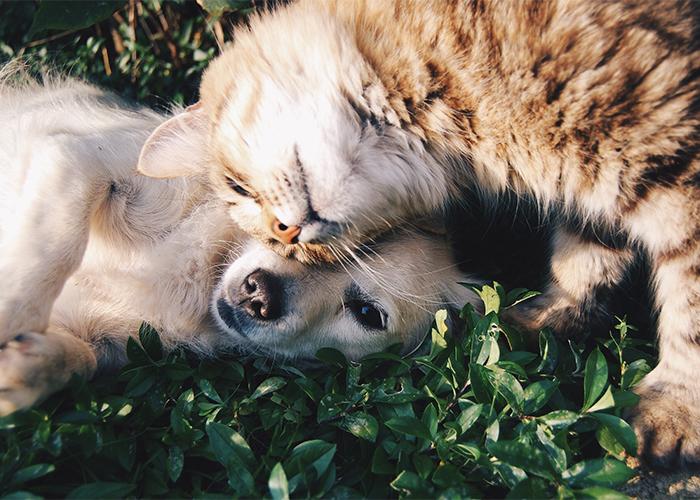For those unfamiliar with this term, it is a way of feeding dogs and cats that involves a combination of wet and dry food. Wet food has a priority place and complements dry food, since due to its high moisture level, it keeps the body well hydrated.
The thing about dry food is that the hydration level is very low. The humidity it contains is around 9%, while in wet food it is usually around 77%.
However, what differentiates it from wet food is its nutritional capacity, i.e., the nutrient content is much higher. So, if we wanted to meet a pet's daily nutritional needs with wet food, we would have to feed it many more times a day than with dry food.
For this reason, the combination of both helps to improve the quality of pet food. Dry food satisfies nutrition and wet food satisfies hydration.

In addition, cross feeding is ideal when pets have difficulty consuming food, often due to lack of palate stimulation or simple apathy. So, by trying new textures and flavors you can encourage their appetite, while providing them with the best benefits, because besides being a highly tasty combination, cross feeding has other advantages for pets:
- Texture and crunchiness
- Urinary system benefits
- Calorie control
- Hydration increase
- Dental health improvement
- Appetite and palatability increase
How to Supply it? Is it Suitable for all Dogs and Cats?
Basically, all dogs and cats can enjoy this type of food. However, it is recommended that the buyer consults with his or her veterinarian.
When supplying it, some general recipes can be followed according to the size, activity and age of the dog or cat. An easy way is to divide the plate into ⅓ of wet food and ⅔ of dry food, as shown in the chart.
Because dogs and cats have different weights, the size of the dish and amount of food will be different. To have an idea of the quantities to be supplied, you can consult the following table according to the size of each pet.

Other Cross Feeding Benefits
As we said, all dogs or cats are different, they have different sizes, ages and, therefore, different conditions. Hence, the benefits provided by cross feeding will be different for each of these animals.
For example, in puppies, this type of feeding facilitates the transition from mother's milk to balanced food and allows the incorporation of crunchiness with the dry food. As their digestive system is still young, it is recommended to give them several servings a day, always taking into account the rules of cross feeding and considering their caloric needs.
On the other hand, in adult dogs, cross feeding favors hydration, both in dogs and cats; it increases urine production, which is essential for pets predisposed to urinary problems; it is ideal for obesity treatments, urinary tract diseases or kidney problems, and even for post-surgery.
By: WMG
You could be interested: Greenwashing in pet food: what it is and how to avoid it





































